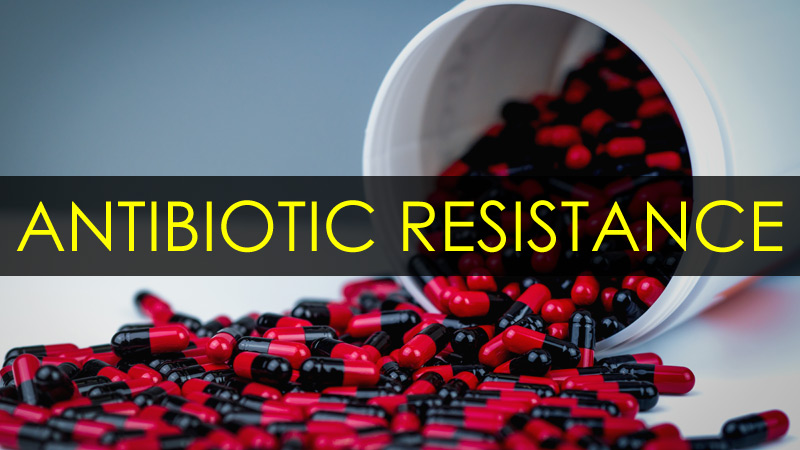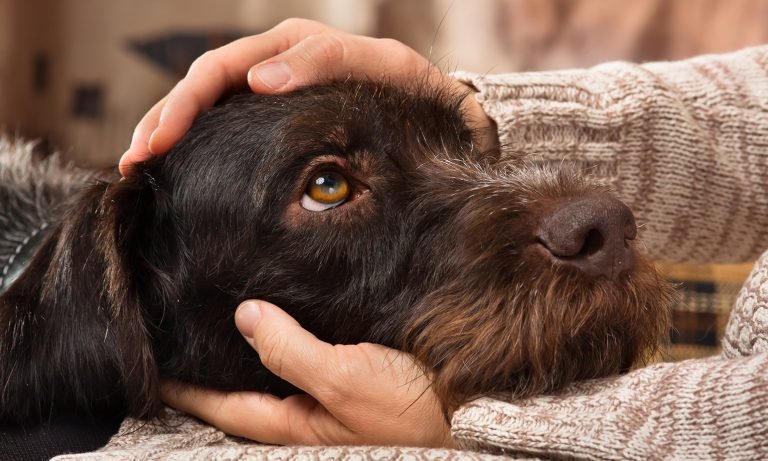
Anti-Rabies Campaign kicked off in Yenagoa, Bayelsa State yesterday to curb the menace of Rabies disease in the State. The Regional Disease Surveillance Systems Enhancement (REDISSE) Project which is initiated by the World Bank and is being implemented by the Nigerian Center for Disease Control (NCDC) is coordinating the free anti-rabies vaccination program. They are conducting this campaign in partnership with the Federal Ministry of Agriculture and Rural Development (FMARD) and the Bayelsa State Veterinary Hospital, in all communities in Bayelsa State. The campaign seeks to promote awareness on Rabies in dogs and humans while providing free antirabies vaccination to all dogs present in various communities.
This Anti-Rabies campaign program was borne out of the increase in the number of suspected and reported cases of rabies in the state. For example, last year, a breastfeeding mother was reported to have been bitten by a dog and eventually died of rabies. Also in Uruma Village, a case was reported of a dog who bit its owner and 4 other people. Tests were carried out on the dog and rabies was confirmed. After the dog died, post mortem samples were sent to the National Veterinary Research Institute (NVRI) in Vom, Plateau State. Luckily, the bitten people were provided with early post-exposure prophylaxis which saved their lives, and the reported cases were escalated to the Veterinary Department of the Federal Ministry of Agriculture and Rural Development. This was then included in the Ministry’s disease notification list.
The REDISSE project has been equipped with 2,400 anti-rabies vaccines to be deployed across all the communities in the state. To deploy these vaccines, community chiefs, leaders and stakeholders will be engaged to mobilize their members to come out for the program and present their dogs for vaccination.
Rabies in Dogs and Humans – Deadly and Highly Preventable
Rabies is a deadly zoonotic disease caused by a virus (a Lyssavirus) and mostly transmitted to humans via the bite of dogs. The virus can be found in the saliva of such rabid dogs and it enters the body when a rabid dog’s saliva comes in contact with a wound from a dog’s bite or a scratch. The virus cannot infiltrate intact skin. Once the virus replicates from the wound site and reaches the brain, for further replication, the infection then results in clinical signs from the patient.
Rabies is a 100% preventable in dogs simply by up-to-date vaccination of your dog. In humans there are also safe and effective vaccines for pre-exposure immunization. However, post-exposure vaccinations are most commonly used because most people don’t usually get treated until after a dog-bite has taken place.
Symptoms of Rabies in Humans
Once a person gets infected with rabies, the infection goes through an incubation period. The incubation period is the time it takes for symptoms to develop after a person is infected with the virus. The length of incubation period depends on the distance of the site of infection to your brain. This means that for example, a bite to the face, head or neck will have a shorter incubation period than a bite to your arm or leg. Generally, the incubation period can be as short as four days to twelve weeks. Note that the incubation period is the only period in which treatment can be successful. So, if you have been bitten by a dog or animal, whether or not the animal is suspected to have rabies, visit a hospital immediately and call a veterinarian too!
The initial symptoms of rabies are not usually specific. They may include fever, headache feeling generally unwell, scared or anxious and a tingling sensation at the infection site. Advanced symptoms then start after 2-10 days and they typically include drooling, convulsions, difficulty in swallowing, aggressive behavior, hallucinations, agitation and producing lots of saliva
What to do when a dog bites you.
If a dog bites you, try to gather as much information about the animal as possible. Call a vet as soon as possible if you think the dog has rabies so the animal can be captured or watched and taken care of. Also, thoroughly clean the wound well with soap and water, remove any foreign object, and visit a hospital immediately for post-exposure/preventive vaccine. Usually, you will be given a series of preventive vaccines (post-exposure prophylaxis) and this is generally given in 5 doses over 28 days. This treatment is recommended for at least up to 14 days after exposure or a bite.
There is no known effective treatment for people who already have symptoms of a rabies infection. It is only possible to prevent rabies symptoms if you get the vaccine immediately after the bite. If untreated and the symptoms appear, the person rarely survives and it usually leads to coma and death (even with treatment). The person usually dies from respiratory failure within 7 days after symptoms start.
How to prevent rabies in your dog
- First, if you have a dog, ensure your dog is vaccinated! Visit a local qualified vet or contact us to connect you to a qualified vet
- Avoid contact with dogs you don’t know or you are not familiar with. Especially unsupervised or street/stray dogs.
- You could get vaccinated if you work in a high-risk occupation or live in an environment with a high risk of rabies
- Follow quarantine regulations on importing dogs and other mammals in disease-free countries.
Remember that it is YOUR responsibility as a dog-owner is to make sure that your dog is up-to-date on vaccination. That is the only way to prevent getting yourself and other people infected with rabies. Also, if you notice a weird, aggressive behavior of any street or stray dog in your community, ensure you alert the government authorities immediately or contact a Veterinarian for help.
Rabies is real and it is deadly!
Keep your dog’s vaccination up-to-date.
Act fast and get medical help if bitten by a dog.



